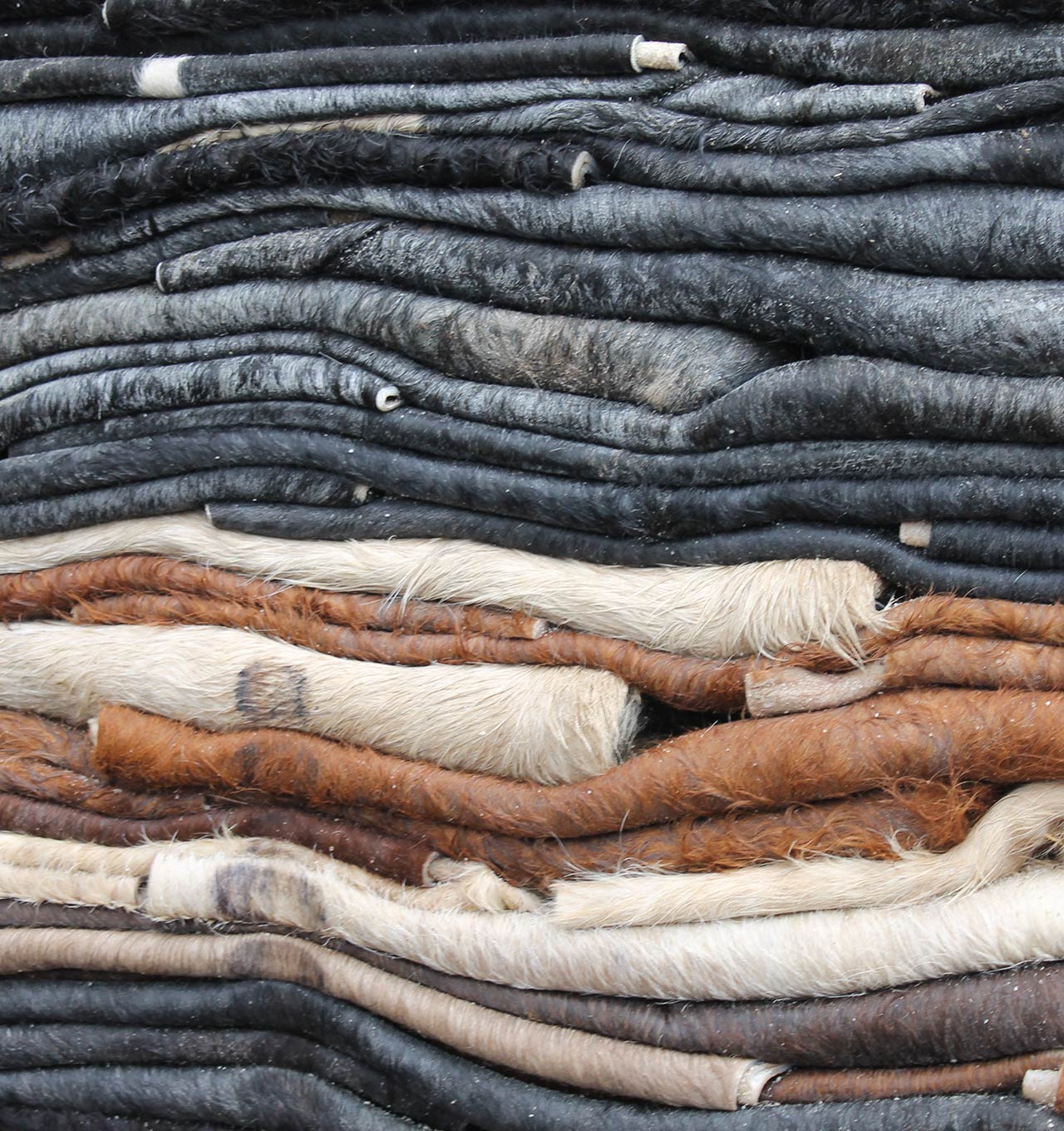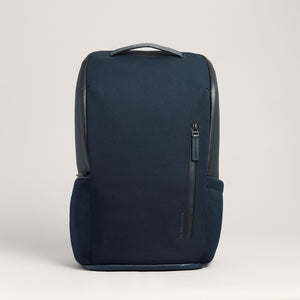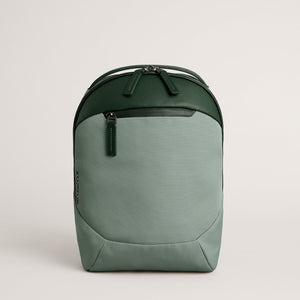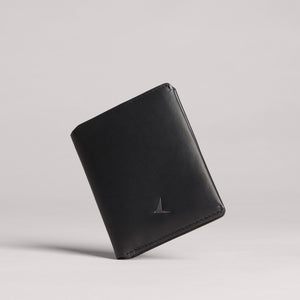
The process of making these hides of leather so special does not start in our Italian tanneries, but rather on the farms of Northern Europe.
Skin-Deep Beauty: From Rawhide to Vegetable-Tanned
Every Troubadour piece is made from premium vegetable-tanned leather, which ensures a beautifully soft yet durable product.
However the process of making these hides of leather so special does not start in our Italian tanneries, but rather on the farms of Northern Europe.
These farms determine the quality of the original rawhide and whether they will be good enough to use in Troubadour products.

The secret to a beautiful rawhide lies in the combination of several factors:
Climate
The hides of cattle raised in cooler climates, such as northern Europe, are usually of superior quality to those of cattle from warmer places.
Cattle raised in a hot climate are prone to insect bites and subsequent scratching, which can both leave permanent marks on a hide. All such marks are bad news if you want to create great leather.

Diet
In the same way that our food and drink affects our complexion, what an animal eats influences its overall health and skin condition. The fresher the food, the healthier the hide, and the better the resulting leather.

Treatment
Rawhides need to be treated in the right way at the abattoir, where they are at risk of being damaged during removal from a carcass or by bacterial decay.
Troubadour leather is created in tanneries that source hides only from trusted abattoirs.
At the tannery, hides are stored in refrigerated warehouses before being treated with salt (a natural preservative), washed, de-haired and “limed” – a process that prepares the hides for vegetable tanning.

Vegetable tanning transforms high-quality rawhides into the finest leather, which develops its own unique patina over time.
Without the right elements in place from the beginning however, no amount of vegetable tanning will rectify a poor quality hide. For all Troubadour products, beauty really is skin deep.
Some of Our Products that Use this Leather





































































